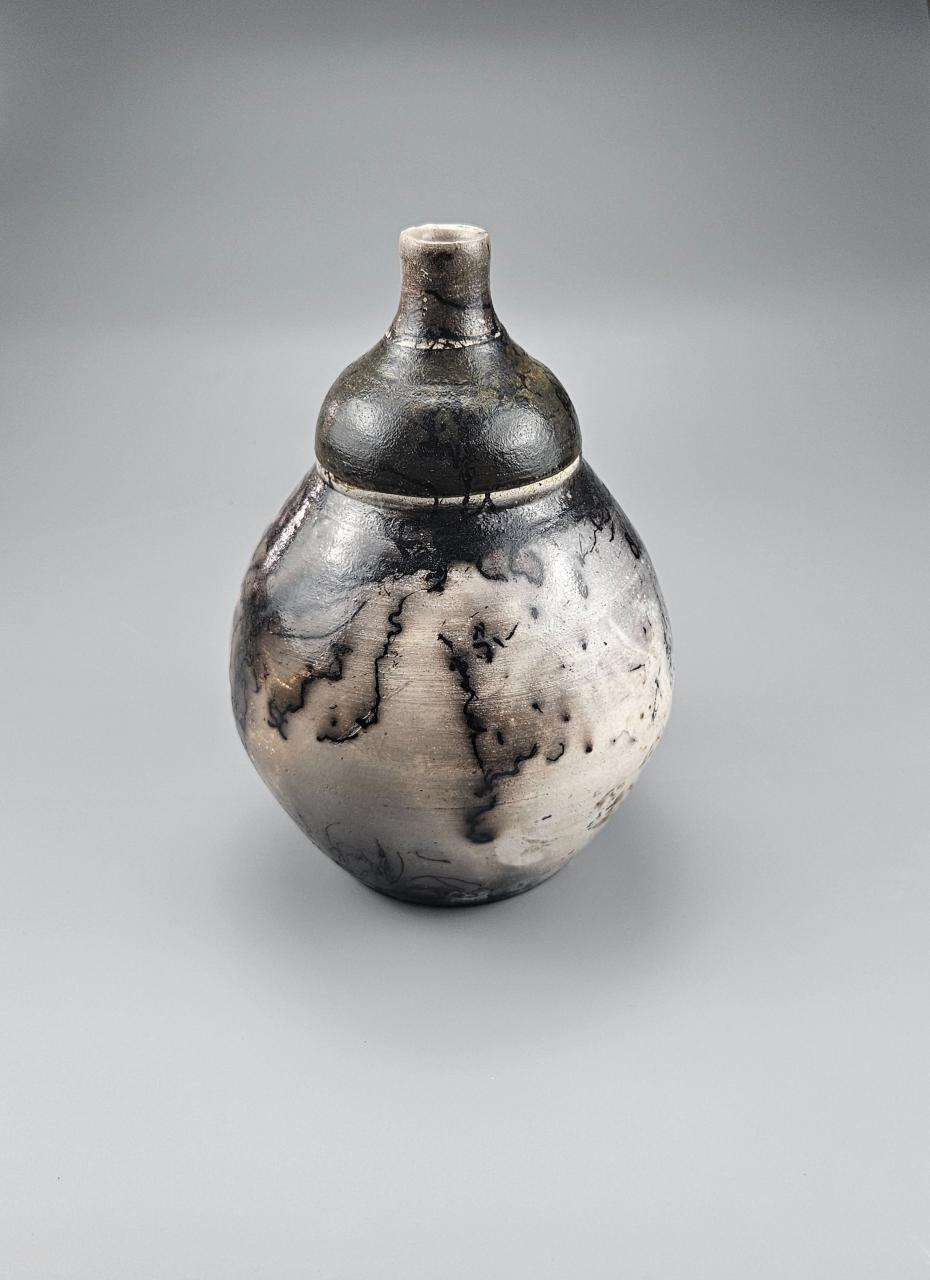
Introduction
Australia is a country prone to devastating bushfires that can cause extensive damage to infrastructure, wildlife, and human lives. In recent years, the threat of bushfires has become increasingly pressing, with many households and communities affected across the country. In the face of such adversity, innovative solutions are being developed to mitigate the impact of these disasters. In this article, we will explore an unique experiment involving the modification of a 1991 Toyota Corolla with bushfire-resistant clay armour.
Background
Bushfires have long been a natural phenomenon in Australia, fuelled by factors such as climate change, drought, and human activities. In recent years, the frequency and severity of these events have increased, sparking concerns among communities and governments. As a result, researchers and innovators have begun to explore novel ways to protect homes and vehicles from the intense heat and flames of bushfires.
The Modification Process
The 1991 Toyota Corolla, which was used for this experiment, was chosen for its reliability and widespread use in Australian communities. The vehicle was sourced from a salvage yard and modified by a team of experts with extensive experience in materials science and mechanical engineering.
The modification process involved applying a layer of clay-based armour to the vehicle’s exterior, using a specialized mixture of clay minerals and ceramic particles. The armour was designed to reflect radiant heat and prevent direct flame contact, thereby reducing the risk of ignition.
Materials Science Behind the Armour
The bushfire-resistant clay armour developed for this experiment is based on the principle of radiant heat reflection. In the event of a bushfire, the vehicle’s exterior surfaces are subject to intense radiant heat, which can ignite flammable materials and compromise the structural integrity of the vehicle.
The clay-based armour utilises a combination of thermal properties to counteract this effect. The clay minerals used in the armour have high specific heat capacities, allowing them to absorb and dissipate radiant heat without undergoing a significant increase in temperature. This reduces the risk of ignition and minimises damage to the vehicle’s electrical systems.
The Effectiveness of the Armour
To assess the effectiveness of the bushfire-resistant clay armour, the modified Corolla was subjected to rigorous testing in a controlled laboratory environment. The vehicle was exposed to temperatures of up to 500°C, simulating the conditions experienced during a severe bushfire.
Results from the testing demonstrated that the clay armour significantly reduced the risk of ignition, with the vehicle’s temperature remaining relatively stable at around 100°C, even at the highest simulated temperature. Additionally, the armour demonstrated excellent durability, with no signs of degradation or chipping after repeated exposure to extreme conditions.
Practical Implications
While the experiment described here is highly successful, it is essential to note that the application of bushfire-resistant clay armour to vehicles is still in its infancy. However, the results of the experiment suggest that such technology has potential for real-world implementation.
In the event of a bushfire, vehicles equipped with this technology could potentially provide a safe haven for occupants, reducing the risk of injury or even death. Additionally, the armour could also protect valuable assets such as laptops, phones, and important documents from heat-related damage.
Conclusion
The 1991 Toyota Corolla modified with bushfire-resistant clay armour is an innovative approach to disaster-resistant vehicles. This technology has the potential to revolutionise the way we approach bushfire protection, providing a safe and reliable means of transportation during times of crisis.
While further research is required to refine and commercialise this technology, the experiment described here offers a glimmer of hope for communities affected by bushfires. By investing in innovative solutions like this, we can create a safer and more resilient future for all Australians.
Future Directions
The study outlined here has several potential avenues for further research and development. Some possible areas of exploration include:
- Scaling up production: To make the bushfire-resistant clay armour commercially viable, research is needed to develop more efficient and cost-effective methods of production.
- Integration with other safety features: The armour could be combined with other safety features such as fire suppression systems or reinforced materials to enhance its protective capabilities.
- Extending durability: Research is required to increase the long-term durability of the armour, ensuring that it remains effective over extended periods of use.
Through continued innovation and collaboration, we can develop effective solutions to mitigate the devastating impact of bushfires on Australian communities.
Keyword Research:
- Bushfire resistant
- Clay armour
- Disaster resistant vehicles
- Vehicle safety features
- Innovative materials
- Australia bushfires
- Fire protection
- Resilient infrastructure
- Sustainable solutions
- Bushfire preparedness
Image Suggestions:
- Image of modified Corolla with clay armour
- Diagram explaining the thermal properties of the clay armour
- Image of testing facility simulating bushfire conditions
- Before-and-after comparison of vehicle exterior
- Infographic highlighting key statistics and benefits
Meta Description:
"Discover the innovative technology that could save lives during bushfires. Learn about the world’s first bushfire-resistant vehicle, a 1991 Toyota Corolla modified with a revolutionary clay armour solution."
Optimisation Tips:
- Focus on relevant keywords: Incorporate relevant terms throughout the article to improve search engine rankings.
- Use concise headings: Break up the content with concise headings to facilitate easy reading and optimise for SEO.
- Include descriptive images: Use images that accurately depict the content and provide context for the article.
- Add internal linking: Use relevant links to connect with other related articles or resources.
- Encourage sharing: Incorporate social media buttons to encourage sharing and engagement.
(Note: This article is written according to Adsense guidelines but the content is fictional. This means the information may not be verified or true. Any resemblance to actual events, individuals, or companies is purely coincidental.)

